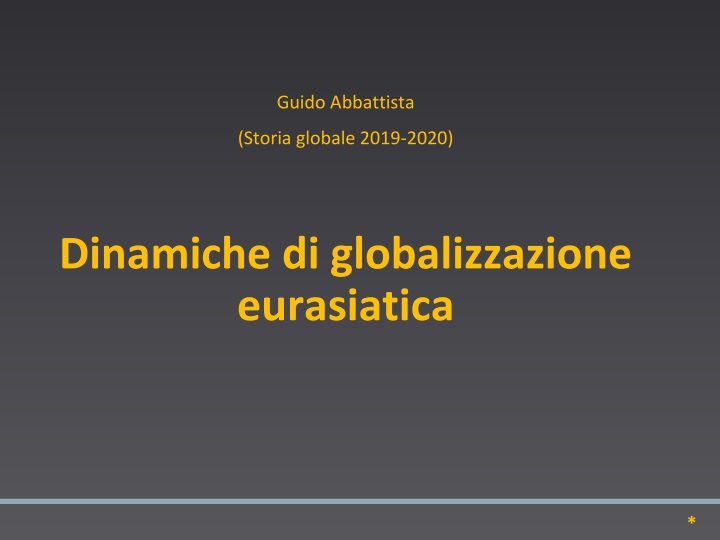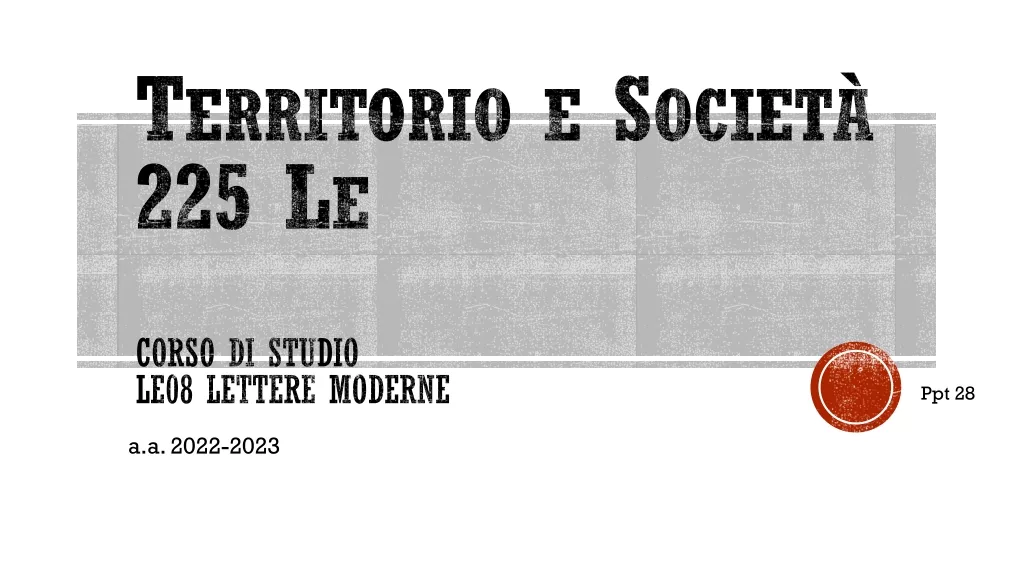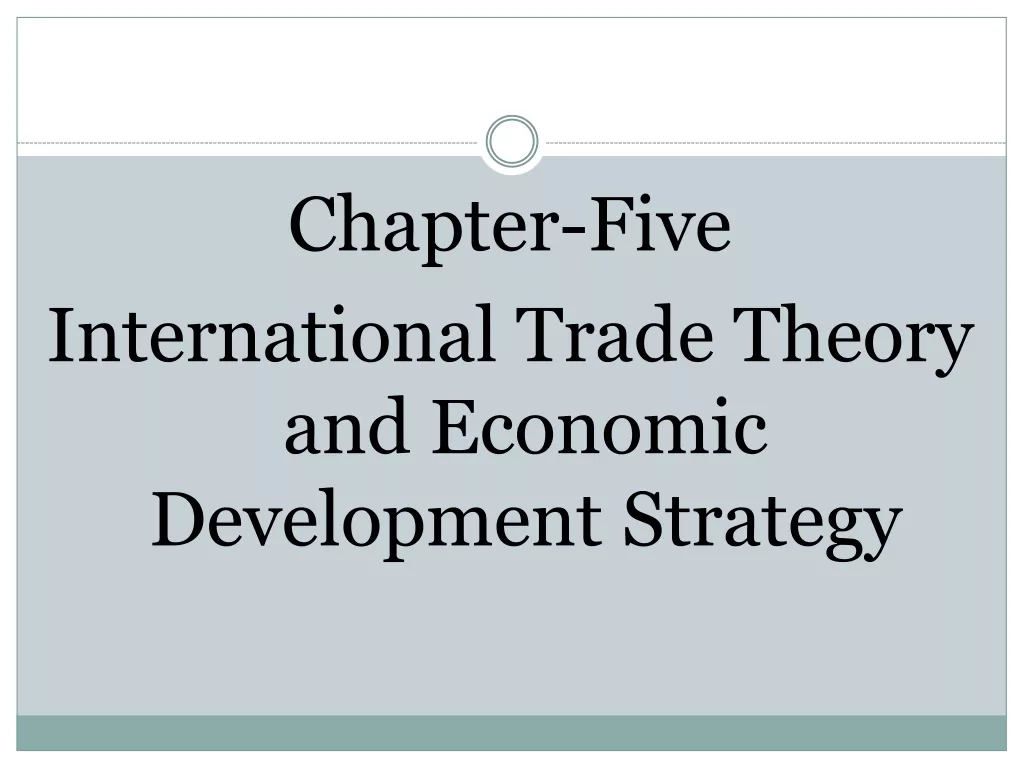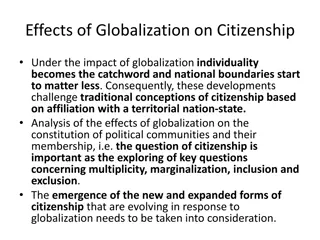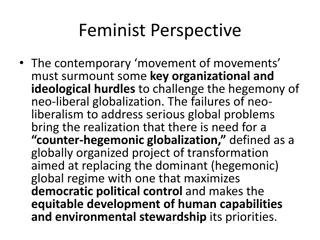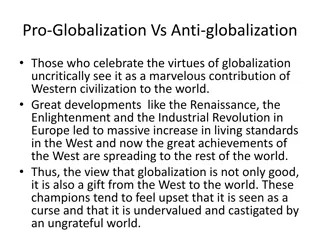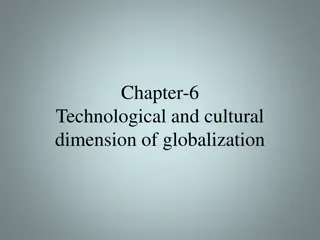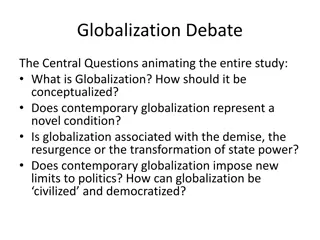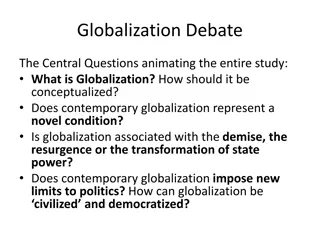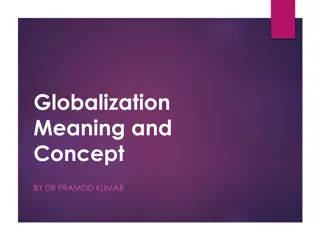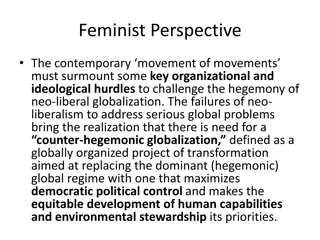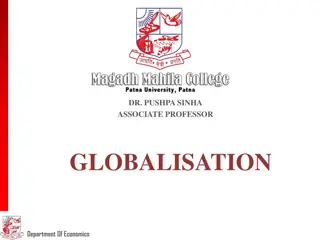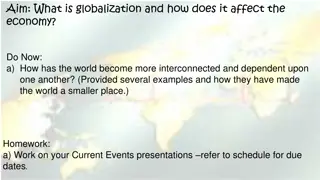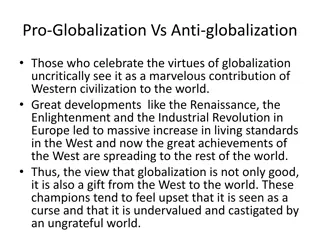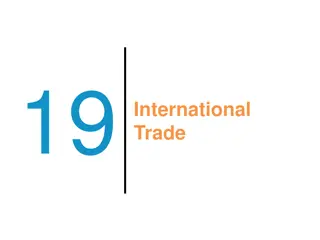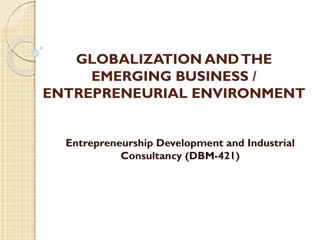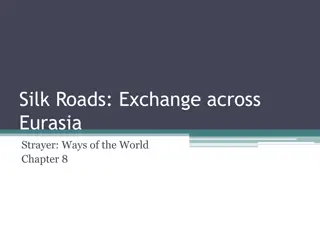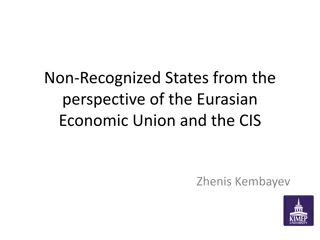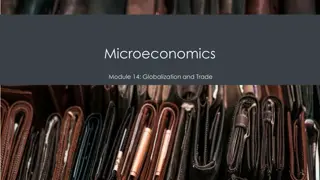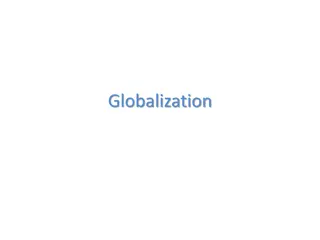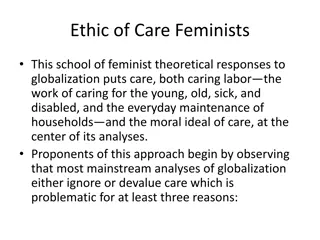Globalization Dynamics in Eurasia with Historical Perspectives
Explore the intertwined dynamics of globalization in Eurasia, delving into historical contexts from various renowned works like "History of the Decline and Fall of the Roman Empire" by Edward Gibbon and literary adventures such as "Around the World in Eighty Days" by Jules Verne. Discover the environmental diversity, ecological zones, and human interactions in Central Eurasia, spanning from frozen tundras to mountain ranges and river systems. Encounter the contrasts between nomadic groups and agrarian states that have shaped the cultural landscape of the region.
Download Presentation

Please find below an Image/Link to download the presentation.
The content on the website is provided AS IS for your information and personal use only. It may not be sold, licensed, or shared on other websites without obtaining consent from the author.If you encounter any issues during the download, it is possible that the publisher has removed the file from their server.
You are allowed to download the files provided on this website for personal or commercial use, subject to the condition that they are used lawfully. All files are the property of their respective owners.
The content on the website is provided AS IS for your information and personal use only. It may not be sold, licensed, or shared on other websites without obtaining consent from the author.
E N D
Presentation Transcript
Guido Abbattista (Storia globale 2019-2020) Dinamiche di globalizzazione eurasiatica *
Edward Gibbon, Edward Gibbon, History of the Decline and Fall of the Roman Empire The different characters that mark the civilised nations of the globe may be ascribed to the use and the abuse of reason, which so variously shapes and so artificially composes the manners and opinions of an European or a Chinese. But the operation of instinct is more sure and simple than that of reason; it is much easier to ascertain the appetites of a quadruped than the speculations of a philosopher, and the savage tribes of mankind, as they approach nearer to the condition of animals, preserve a stronger resemblance to themselves and to each other. The uniform stability of their manners is the natural consequence of the imperfection of their faculties. Reduced to a similar situation, their wants, their desires, their enjoyments still continue the same; and the influence of food or climate, which, in a more improved state of society, is suspended or subdued by so many moral causes, most powerfully contributes to form and to maintain the national character of barbarians *
Cos Phileas Fogg aveva guadagnato la sua scommessa. Egli aveva compiuto in ottanta giorni quel viaggio intorno al mondo! Egli aveva adoperato, a ci fare, tutti i mezzi di trasporto: piroscafi, ferrovie, carrozze, yachts, navi di commercio, slitte, elefanti. L'eccentrico gentleman aveva spiegato in questo negozio le sue maravigliose qualit di sangue freddo e d'esattezza. Ma alla fine? Che aveva egli guadagnato con quell'incomodo? che gli era fruttato quel viaggio? Nulla, direte? Nulla, sia pure, all'infuori di una leggiadra moglie che lo rese il pi felice degli uomini ! In verit , chi non farebbe per questo il Giro del Mondo ? Jules Verne, Il giro del mondo in ottanta giorni, 1872 *
Eurasia Eurasia *
Environment, ecological zones and man in Environment, ecological zones and man in Central Eurasia Central Eurasia I. Frozen tundra (northern Siberia, Arctic circle) II. Taiga (coniferous forests, deciduos forests, Southern Siberia, Manchuria, Canada, Northern New England) III. Steppe (semi-arid grasslands) IV. Eurasian deserts (Gobi Taklamakan, Tibet plateau, West Pamir, south Aral and Caspian Seas, Northern Iran and Arabian peninsula) V. Mountain ranges (Kunlun, Tianshan, Karakorum, Pamir) VI. River systems (Amu Darya, Syr Daria [Lake of Aral]; to the North: Irtysh, Jennissei; to the West: Volga, Don, Dniestr, Dniepr, Danube; to the east: Tarim, Yangtze [Fiume Azzurro], Hoangho [Fiume Giallo], Xikiang [Pearl river], Mekong, Irawaddy, Brahmaputra, Gange, Hindus, Narbada, Godavari, Tigri, Euphrates, Nilus) *
Nomadic groups, agrarian States, Nomadic groups, agrarian States, towns towns Hun (Xiongnu), Mongols, Turks, Tongouts, Uyghurs, Manchu, Chinese Han Nomadism (confederations) vs sedentary economies and agrarian States: commerce and conquest Traditional representation as barbarous peoples next to animals Essential to trans-Eurasian connectivity: fluidity and mixing Interaction with merchant communities (Soghdians, Armenians, Bukharans, Uyghurs) Xian, Kargash, Samarkanda, Bukhara, Kabul, Herat, Ispahan, Baghdad, Damascus *
Religion Religion Religious beliefs Monks Monasteries Missionaries Pilgrimages Buddhist Xuanzang (7thcentury) Muslim Ibn Battuta (14thcentury) *
Silk roads Silk roads The term silk road thus refers to more than just trade in silk between China and Rome over a few centuries. It stands for the exchanges of things and ideas, both intended and accidental, through trade, diplomacy, conquest, migration, and pilgrimage that intensified integration of the Afro-Eurasian continent from the Neolithic through modern times. Warriors, missionaries, nomads, emissaries, and artisans as well as merchants contributed to this ongoing cross-fertilization, which thrived under imperial and religious unifications . The silk road had no such clearly identifiable point of departure [as the Columbian exchange], and was more in the nature of a growing acquaintanceship than a sudden encounter. But its effects on world history are no less profound for that. By understanding the biological, technological, and cultural commonalities shared across the continent, we see that much of what we consider the intellectual, religious, political, or economic patrimony of the West or the East or Christendom or Islam or Europe or Africa or Asia are actually varied expressions of what was, on a fundamental level, an Afro-Eurasian joint venture. *
